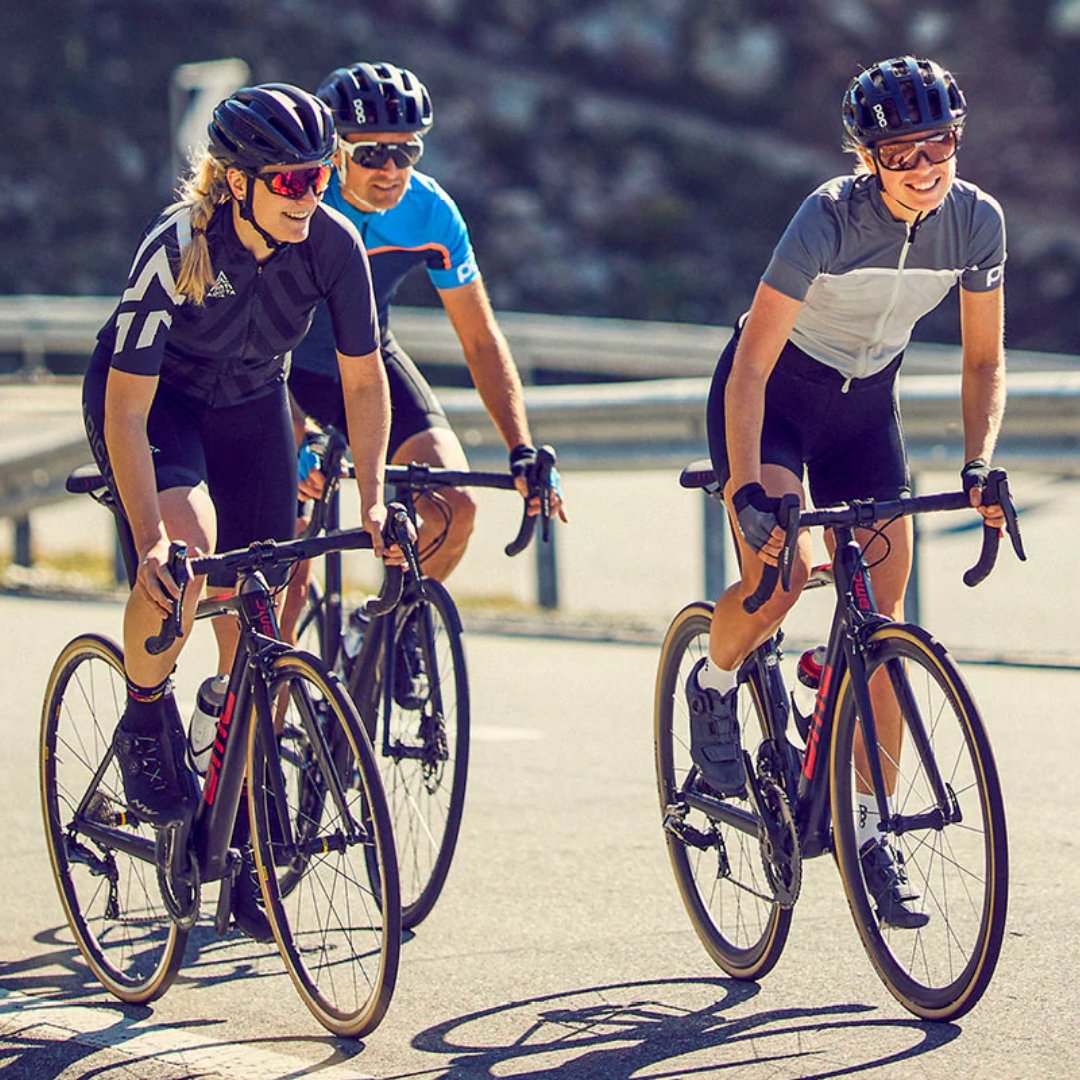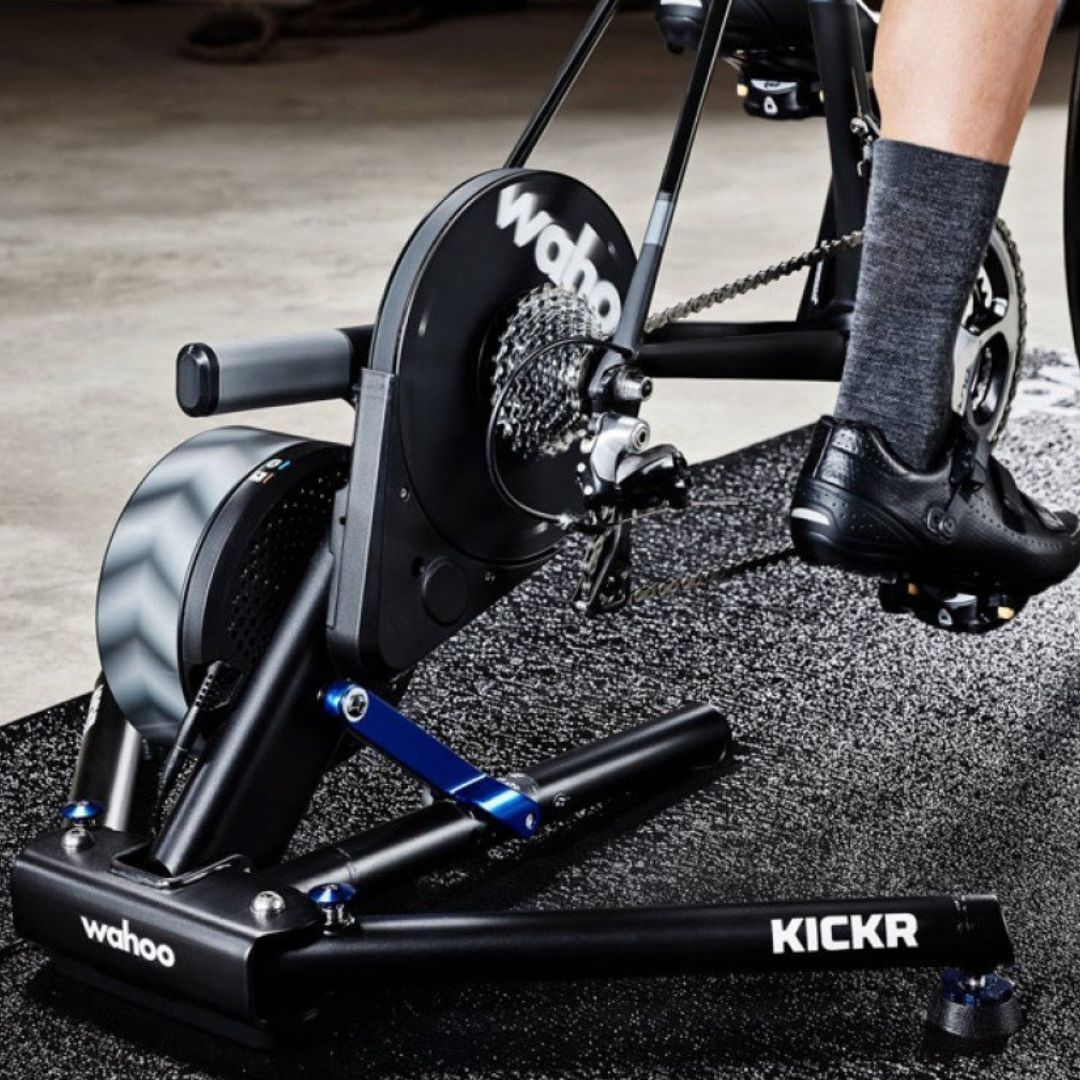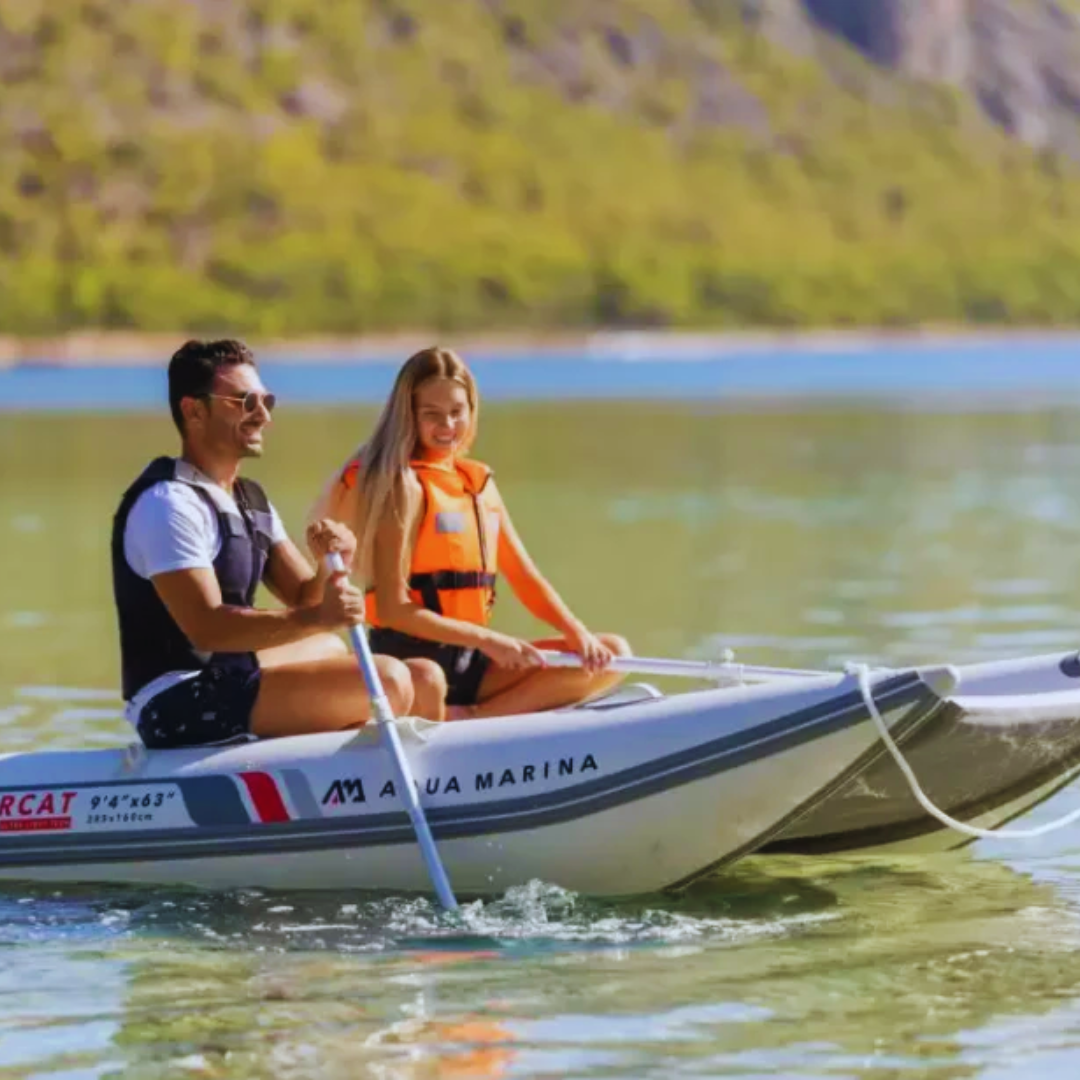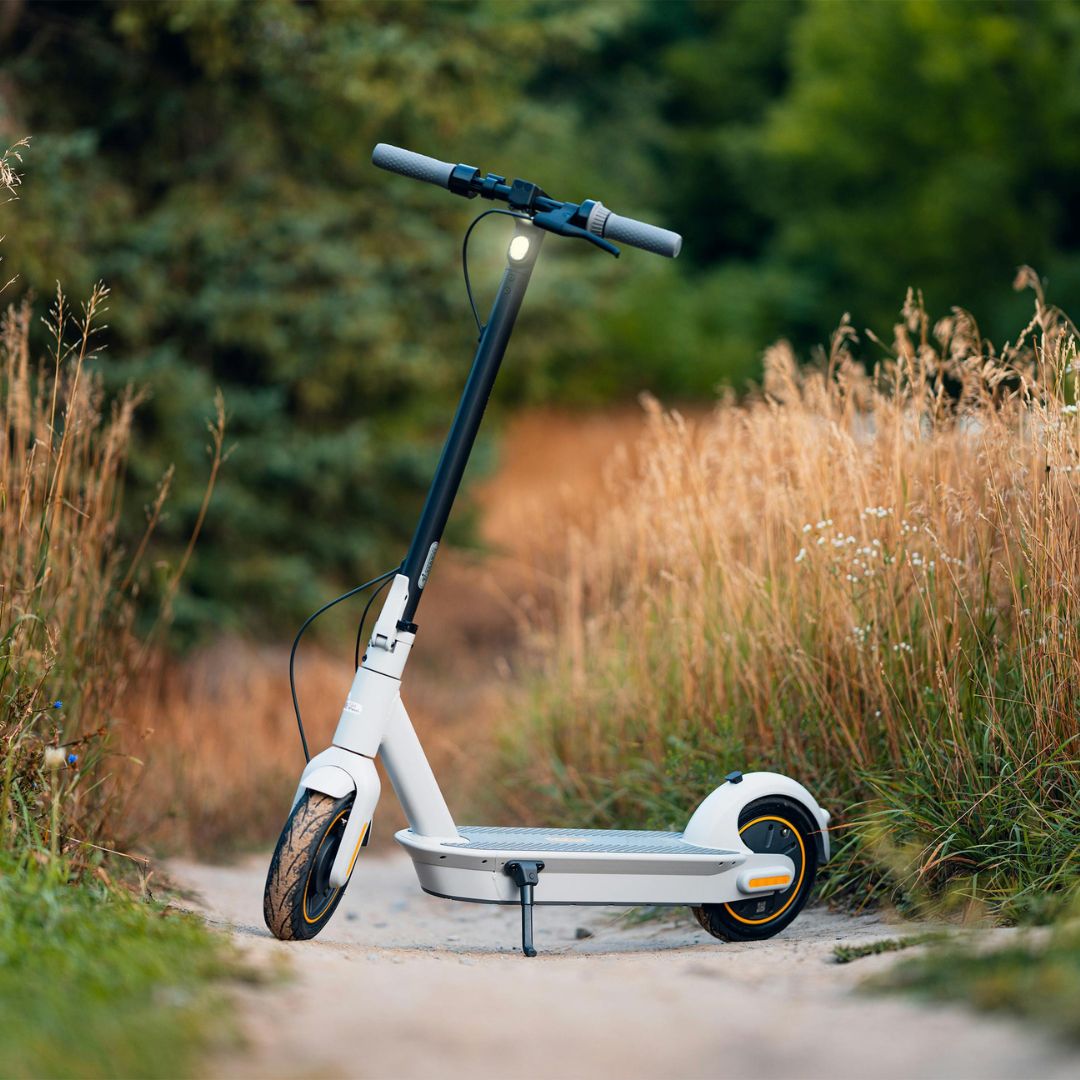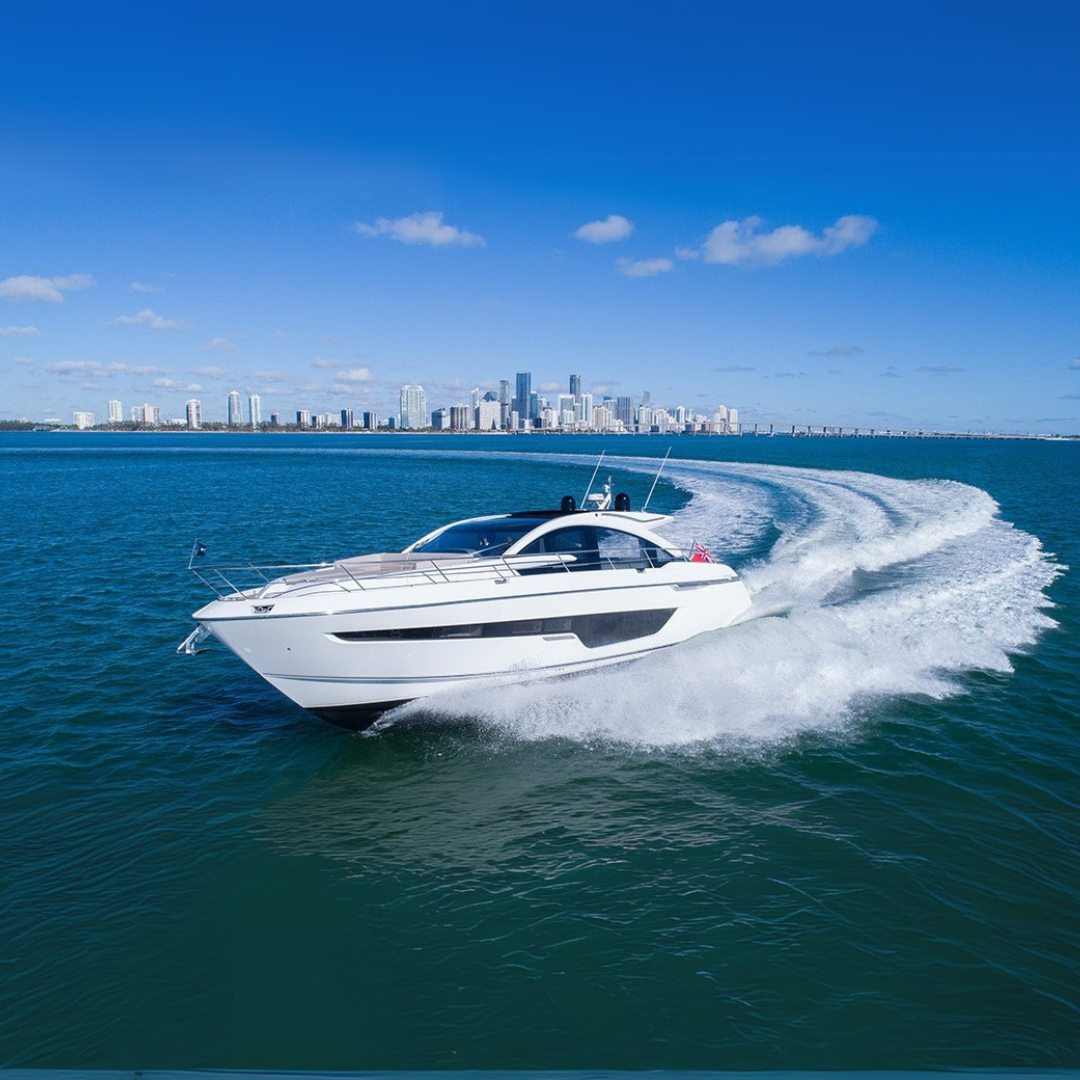Learning Paddle Boarding the Easy Way: A Beginner's Guide
Paddle boarding, or stand-up paddleboarding (SUP), is a versatile and accessible water sport that's gaining popularity worldwide. Its appeal lies in its simplicity, allowing individuals of all ages and fitness levels to enjoy a day on the water. If you're new to paddle boarding and want to learn the easy way, this guide will provide you with essential tips and steps to get started confidently and safely.

Why Paddle Boarding?
Before diving into the learning process, it's important to understand why paddle boarding is worth trying:
- Versatility: Whether you're looking for a relaxing paddle on calm waters, an intense workout, or a thrilling ride on waves, paddle boarding offers it all.
- Accessibility: You don't need prior experience to start paddle boarding. With the right guidance, anyone can learn the basics quickly.
- Fitness Benefits: Paddle boarding provides a full-body workout, enhancing your core strength, balance, and cardiovascular health.
- Connection with Nature: It’s a fantastic way to explore waterways, enjoy beautiful scenery, and connect with nature.

Step-by-Step Guide to Learning Paddle Boarding
-
Choose the Right Equipment
Selecting the right paddle board and gear is crucial for a successful start:
- Paddle Board: Beginners should opt for a wider and longer board for better stability. Inflatable boards are convenient for storage and transport, while solid boards offer better performance.
- Paddle: Choose an adjustable paddle that is around 6-8 inches taller than your height.
- Safety Gear: Always wear a life jacket or personal flotation device (PFD). A leash, which attaches your ankle to the board, is essential to prevent the board from drifting away if you fall.
-
Learn the Basics on Land
Before hitting the water, familiarize yourself with the basic techniques on dry land:
- Stance: Stand with your feet shoulder-width apart, knees slightly bent, and weight evenly distributed.
- Paddle Grip: Hold the paddle with one hand on the top handle and the other hand about halfway down the shaft. Your arms should form a wide "V" shape.
- Paddle Stroke: Practice the basic paddle stroke by reaching forward with the paddle and pulling it back towards you. Keep your top hand firm and use your core muscles for power.
-
Start in Calm Waters
For your first paddle boarding experience, choose a calm, flat water location such as a lake or a quiet bay. Avoid windy conditions and strong currents until you gain confidence.
-
Getting on the Board
Follow these steps to get on your paddle board smoothly:
- Shallow Water Entry: Start in shallow water where you can easily stand.
- Mounting: Place your board in the water and kneel on it, positioning yourself in the center. Gradually stand up, keeping your knees slightly bent for balance.
- Balancing: Look at the horizon, not your feet, to maintain balance. Use small adjustments with your feet and core to stay stable.
-
Paddling Techniques
Mastering basic paddling techniques is key to an enjoyable experience:
- Forward Stroke: Reach forward with the paddle, submerge the blade, and pull it back towards your feet. Alternate sides to maintain a straight course.
- Turning: To turn, paddle on one side more frequently or use a sweep stroke by extending the paddle out and away from the board in a wide arc.
- Stopping: To stop, drag the paddle behind you in the water.
-
Practice Falling and Getting Back On
Falling is a natural part of learning. Practice falling safely to the side of the board to avoid injury. To get back on, position yourself at the center of the board, use your arms to pull yourself up, and then return to your standing position.
-
Take a Lesson
While it’s possible to learn paddle boarding on your own, taking a lesson from a certified instructor can accelerate your learning process and ensure you're using proper techniques. Many instructors offer beginner classes that cover the fundamentals and provide personalized tips.

Tips for a Smooth Learning Experience
- Stay Relaxed: Tension can lead to instability. Keep your body relaxed and your movements fluid.
- Progress Gradually: Start with short sessions and gradually increase the duration and difficulty as you gain confidence.
- Stay Hydrated and Protected: Bring water, wear sunscreen, and consider wearing a hat and sunglasses for sun protection.
- Enjoy the Journey: Learning a new skill takes time. Celebrate small victories and enjoy the process of mastering paddle boarding.


